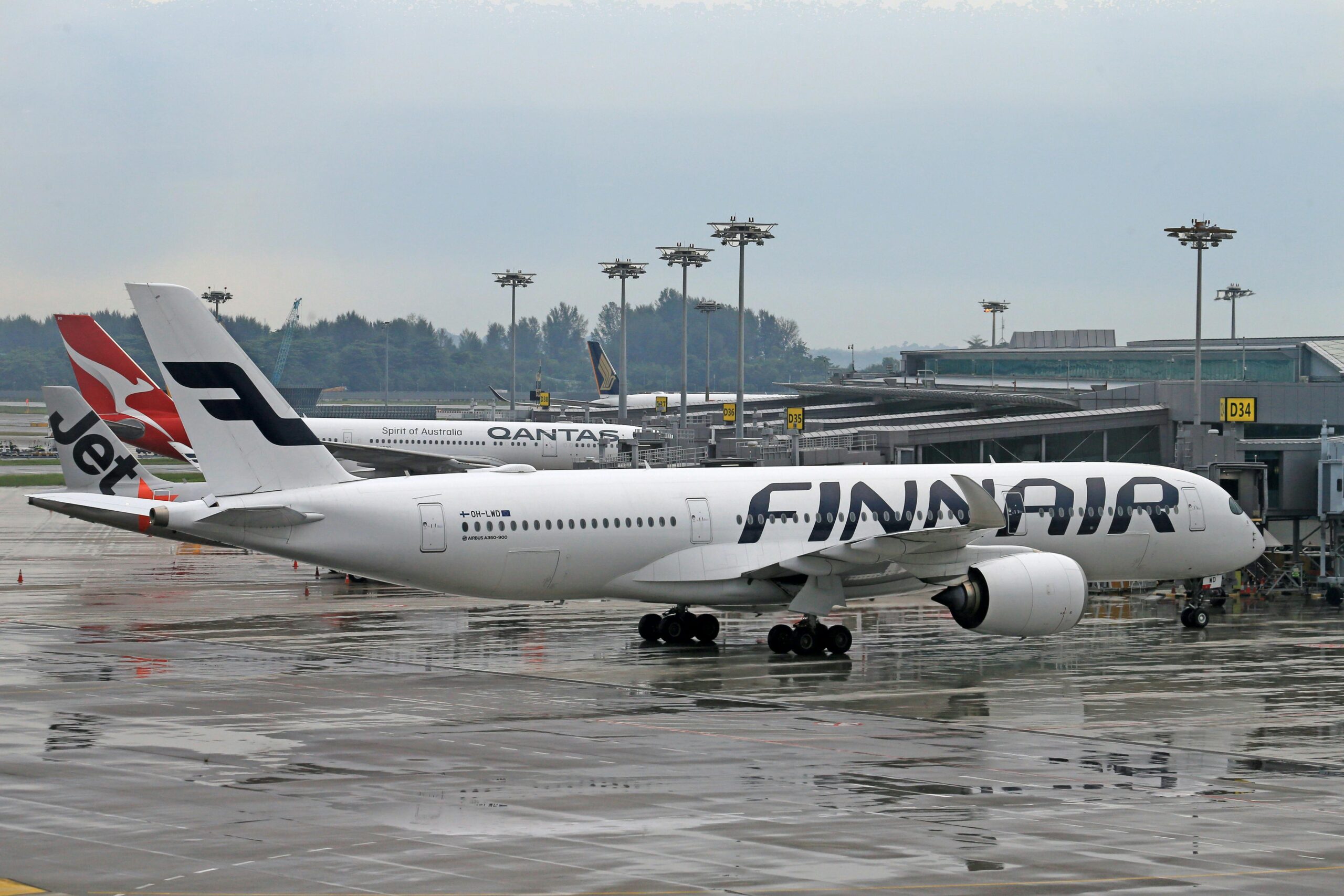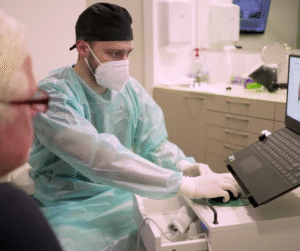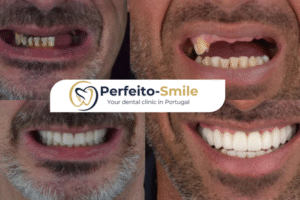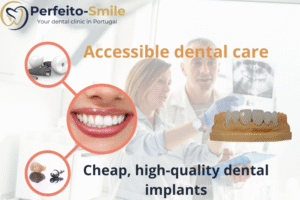Portugal has become a popular destination for dental tourism. Many patients from France, Belgium, and Switzerland choose Portugal for its high-quality dental care, affordable prices, and quick treatment times. To organize a dental trip to Portugal, it’s essential to choose the right mode of transportation. Whether by plane, train, or car, each option has its pros and cons.
Traveling by Plane for Dental Care in Portugal

Flying is the fastest way to reach Portugal. Several airlines, such as Air France, Ryanair, EasyJet, and TAP Air Portugal, offer direct flights from major European cities to Lisbon, Porto, and Faro.
Main Airports in Portugal
-
Lisbon (Humberto Delgado): The largest airport in Portugal, with many international connections.
-
Porto (Francisco Sá Carneiro): Ideal for patients seeking dental care in northern Portugal.
-
Faro: Perfect for those planning dental treatment in southern Portugal.
Advantages of Traveling by Plane
-
Time-saving: A flight from Paris to Lisbon takes around 2.5 hours.
-
Low-cost flights: Ticket prices can be very competitive if booked in advance.
-
Comfort and speed: Perfect for a short dental trip to Portugal.
Disadvantages
-
Last-minute ticket costs: Prices can increase if booked late.
-
Baggage restrictions: Limits on the amount of luggage.
-
Transport from the airport: Need to arrange a taxi, Uber, or public transport.
Traveling by Train for Dental Tourism in Portugal

The train is an appealing option for patients who prefer a more eco-friendly and comfortable journey.
Possible Train Routes
From France, take a TGV to Madrid, then the Sud Expresso night train to Lisbon.
Advantages
-
Comfort: More space than in an airplane.
-
Eco-friendly: Less polluting than flying.
-
No baggage restrictions.
Disadvantages
-
Long travel time: About 20 hours from Paris.
-
Limited flexibility: Few direct routes available.
Traveling by Car for Dental Tourism in Portugal

Traveling by car is an option for patients seeking more freedom and flexibility, especially if they have time. This is an ideal choice for those planning a long stay or wanting to visit multiple Portuguese cities while undergoing dental treatments. Additionally, driving offers control over your schedule and avoids dependence on flight or train times.
Recommended Routes
-
From France: Take the A63 highway to the Spanish border, then the AP-8 to Madrid, and finally the A5 to Portugal.
-
From Spain: Several routes lead directly to Lisbon or Porto.
Advantages
-
Flexibility: Ability to stop along the way.
-
Convenience for a long dental stay in Portugal.
-
No extra baggage fees.
-
Freedom of movement: Ideal for visiting other cities after treatment.
-
No stress from connections: No need to wait for flights or trains.
Disadvantages
-
Travel fatigue.
-
Fuel and toll costs.
-
Longer travel time: Over 15 hours by car from Paris.
-
Parking: Finding parking in major cities can be challenging.
Comparison of Transportation Options for Dental Care in Portugal
| Mode of Transport | Travel Time | Average Cost | Comfort | Flexibility |
|---|---|---|---|---|
| Plane | 2.5 hours | Variable | Average | Average |
| Train | 20 hours | Medium | Good | Low |
| Car | 15 hours | High | Good | Excellent |
The choice of transportation for your dental trip to Portugal depends on several factors: budget, available time, and comfort preferences. Flying remains the fastest option, while train and car travel offer more flexibility and comfort. To optimize your dental journey in Portugal, it’s advisable to book your transportation in advance and plan the logistics for a stress-free experience.






